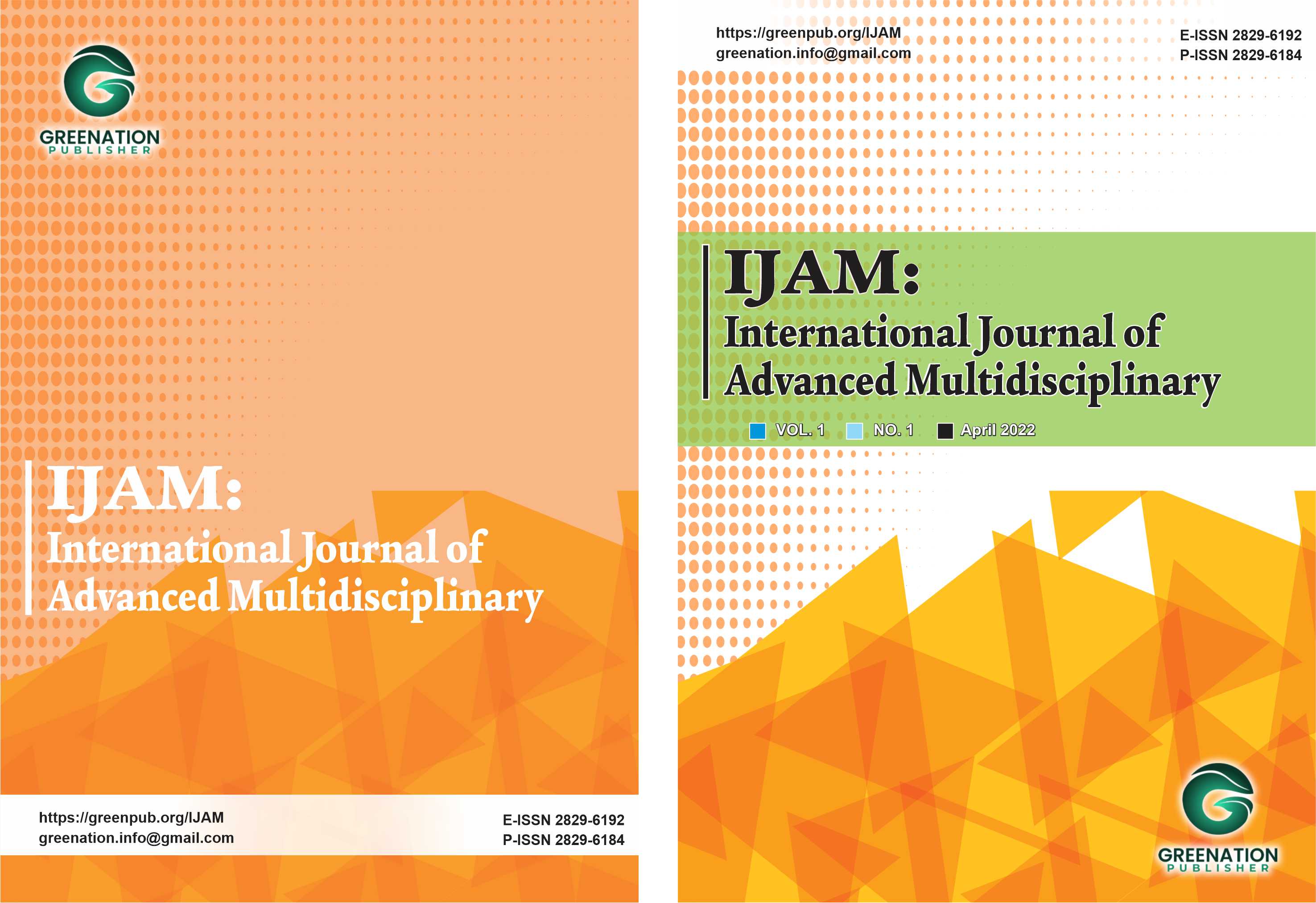Indonesian Politicians From One Stage to Another
DOI:
https://doi.org/10.38035/ijam.v1i4.178Keywords:
Politician, Political Communicator, Political StageAbstract
After the Reform Era's birth in 1998, following the New Order regime's downfall that had controlled Indonesian politics for 32 years, two shows dominate the Indonesian political stage: freedom and violence. Politicians manage their roles on the front-stage, middle-stage, and backstage with the different political communication styles from those in the New Order era. Today, political communications in the Parliament tend to be more fluid as well as interactional, circular, convergent, and even transactional instead of linear, where political communicators, politicians, activists, professionals, and people deliver their aspirations to the political stage and political journalists in more open political message exchanges. All politicians should be wise in presenting their roles in the political stage shows, and social media that functions as the middle stage for political shows, which they should manage well to align political shows with political stages.
References
Almond Gabriel and Sydney Verba, (terj Sahat Simamora ) 2008, “Budaya Politik Tingkah laku Politik dan Demokrasi di Lima Negara ,” Bina Aksara , Jakarta.
Almond Gabriel and G Bingham Powell, Jr.1976. "Comparative politics; A Developmental Approach," New Delhi, Oxford & IBH Publishing co
Anderson, Benedict, R, O'G 1990, Language and Power: Exploring Political Cultures in Indonesia, Cornell University Press.
Arrianie, Lely ,2010. Komunikasi Politik, Politisi dan Pencitraan di Panggung Politik, Widya Padjadjaran
Nair Mc Brian, 2003, 'an Introduction to Political Communication" Routledge,
Graber Doris, 1981, "Political Language"
Gurevuitch and Blumler ,1977
Downloads
Published
How to Cite
Issue
Section
License
Authors who publish their manuscripts in this journal agree to the following conditions:
- The copyright on each article belongs to the author(s).
- The author acknowledges that the International Journal of Advanced Multidisciplinary (IJAM) has the right to be the first to publish with a Creative Commons Attribution 4.0 International license (Attribution 4.0 International (CC BY 4.0).
- Authors can submit articles separately, arrange for the non-exclusive distribution of manuscripts that have been published in this journal into other versions (e.g., sent to the author's institutional repository, publication into books, etc.), by acknowledging that the manuscript has been published for the first time in the International Journal of Advanced Multidisciplinary (IJAM).























